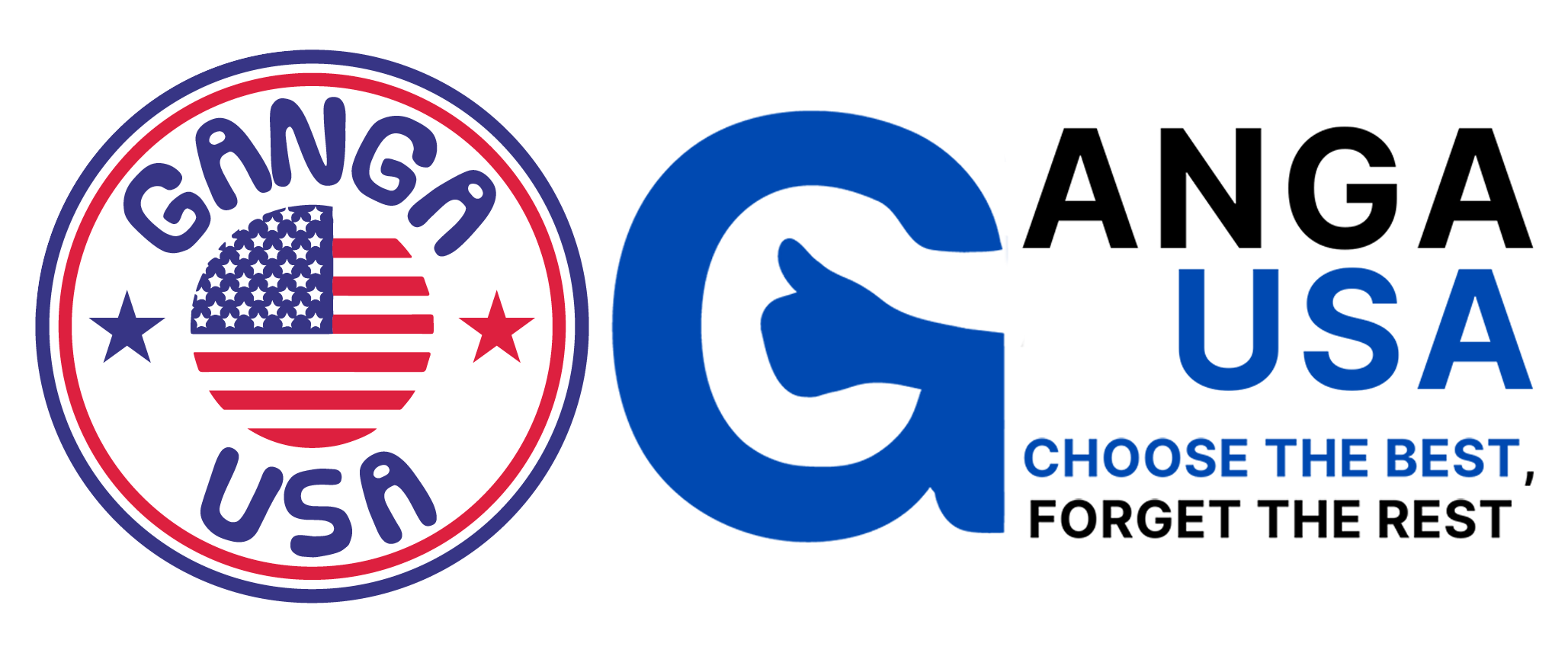
Two organizations, Surescripts Health Information Network LLC and United States Qualified Health Information Network (USQHIN), a subsidiary of Velatura Public Benefit Corp., are applying to become Qualified Health Information Networks (QHIN) under the Trusted Exchange Framework and Common Agreement (TEFCA) . ).
There are now 20 organizations formally seeking QHIN status and seven “candidate QHINS,” including: CommonWell Health Alliance, eHealth Exchange, Epic, Health Gorilla, Kno2, KONZA National Network and MedAllies. These are organizations that have had their applications accepted and are in the testing and project plan finalization phase of the application process.
Electronic prescription network company Surescripts said its network delivered 2.5 billion medication histories and 1.25 billion links to clinical documents to doctors at the point of care in 2022. Its Surescripts Network Alliance includes nearly all record-keeping providers. e-doctors, pharmacy benefit managers, pharmacies and doctors. as well as health plans, long-term and post-acute care organizations, patient access providers, and specialty pharmacy organizations.
«We are already the largest interoperability company in the country,» said Frank Harvey, CEO of Surescripts. Healthcare innovation in a recent interview.
“We are very confident that we can serve everyone across the spectrum of healthcare. And if you think about the qualified health information networks in TEFCA, it really becomes a network of networks, as it will, because each one will be successful in bringing in people who will be their customers,” Harvey added. “We truly believe the ONC team has done a wonderful job. If you think about the importance of this, it all comes down to the patient’s ability to make sure they are getting the right treatment when they are in front of a healthcare provider, because with an incomplete medical history, you are never sure. that the right decisions are being made.”
Surescripts was a member of the Common Agreement Working Group and worked with Project Sequoia and ONC to draft the Common Agreement that established the infrastructure model and guiding approach for securely sharing basic clinical information across networks.
Additionally, Surescripts technology, including Surescripts Record Locator & Exchange, is based on the HL7 FHIR standard that helps physicians find and retrieve clinical documents exchanged through Carequality, a consensus-based national interoperability framework that enables the exchange of information between health data exchange networks.
Surescripts noted that it has been a leader in adopting the FHIR standard, participating in HL7 accelerators including Project Argonaut, Project DaVinci, and FAST, with the goal of meeting the interoperability goals of the 21st Century Cures Act.
USQHIN and its parent company Velatura are strategic partners for HIEs, health data utilities, providers, payers, laboratories, patients and public health officials sharing aggregated health data. If accepted, the QHIN designation would allow USQHIN to further expand this capability nationwide.
Velatura was established to expand Michigan Health Information Network Shared Services’ modular and scalable interoperability products and services for access and use outside of Michigan. For example, Velatura serves as infrastructure for the New Jersey Health Information Network. It has worked with GaHIN, Georgia’s state HIE, to replace its legacy HIE system with Velatura’s cloud-based HIE platform. Additionally, the Wisconsin State Health Information Network (WISHIN) selected Velatura to serve as the back-end technical platform for the state-designated HIE.
USQHIN said it would submit its formal QHIN application in January 2024.
«Interoperability is essential to improve care coordination, enhance the patient experience, and unlock the full potential of comprehensive healthcare,» said Tim Pletcher, DHA, CEO of USQHIN, in a statement. «USQHIN is a leader in security, the secure and timely exchange of healthcare information, and becoming a QHIN is the next logical step in our journey to improve continuity of care by making valuable data available at the point of care. Achieving QHIN status would allow us to use our experience and expertise to influence policy and decision-making around interoperability and FHIR-based sharing.”
The Common Agreement, published in September 2021, includes six exchange purposes that organizations must support to be designated as a QHIN. The purposes of the exchange include Treatment, Payment, Health Care Operations, Public Health, Benefit Determination, and Individual Access Services.
USQHIN notes that it currently provides several basic services required by the ONC for QHIN certification, including consultation and response for EHI requests from participants, delivery of messages to the end user to ensure that information is transmitted smoothly to its final destination from QHIN to QHIN and individual access services. giving patients control of their information, Meaningful Choice for individuals to determine how their personal ePHI is disclosed and used, and ADT Hub, which is designed to increase the volume and quality of admission, discharge and transfer messages available to public and private participants.






